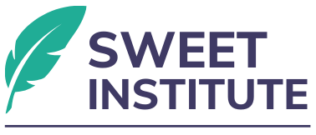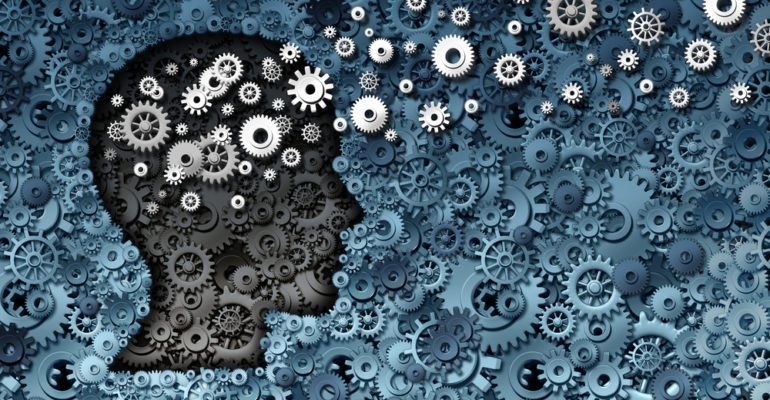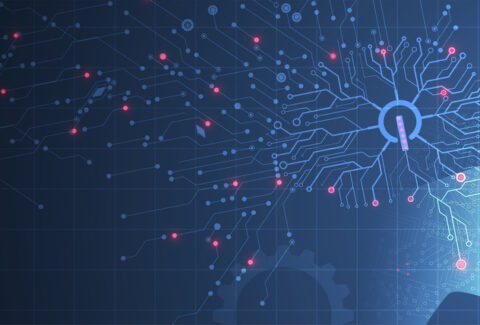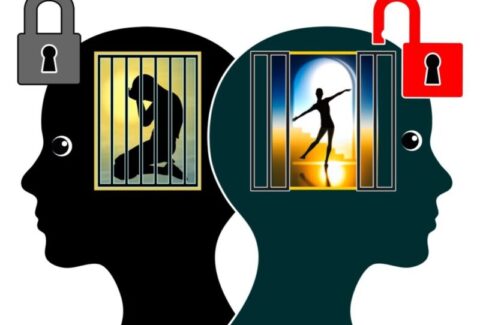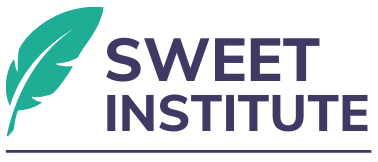The Depths of Hidden Motives
In the intricate dance of human behavior, there exists a realm of motivations that often elude conscious awareness. These hidden motives, buried deep within the recesses of the mind, shape our decisions, interactions, and perceptions in ways we may not readily comprehend. Understanding the nature and influence of these hidden forces is essential for navigating the complexities of human relationships, personal growth, and self-discovery.
The Enigma of Hidden Motives:
Hidden motives, also known as unconscious desires or drives, refer to the psychological forces that operate beneath the surface of conscious awareness. These motives are often rooted in early life experiences, unresolved conflicts, and deeply ingrained beliefs and attitudes. While we may not be consciously aware of them, hidden motives exert a powerful influence on our thoughts, emotions, and behaviors, shaping our lives in profound ways.[1]
Uncovering the Layers:
Unraveling the mystery of hidden motives requires a journey into the depths of the unconscious mind. Through introspection, self-reflection, and therapeutic exploration[2], individuals can begin to peel back the layers of their psyche and gain insight into the forces that drive them.
Early Life Experiences:
Many hidden motives originate in childhood, shaped by early experiences with caregivers, family dynamics, and significant life events. For example, a fear of abandonment stemming from childhood trauma may manifest as difficulty forming intimate relationships in adulthood.[3]
Unconscious Defense Mechanisms:
To protect ourselves from painful or threatening thoughts and emotions, the mind employs a variety of defense mechanisms.[4] These include repression, denial, projection, and rationalization, among others. While these defenses serve a protective function, they can also obscure the true motivations behind our behavior.
Social and Cultural Influences:
Hidden motives are not solely internal; they are also influenced by external factors such as societal norms, cultural values, and peer pressure.[5] For instance, the desire for social acceptance may drive individuals to conform to societal expectations, even if it conflicts with their authentic desires.
The Role of Therapy:
Therapeutic exploration is a powerful tool for uncovering hidden motives and gaining insight into unconscious processes. Psychodynamic therapy, in particular, focuses on exploring the unconscious mind and bringing unconscious conflicts into conscious awareness. Through techniques such as dream analysis[6], free association[7], and interpretation, therapists help individuals unearth the hidden roots of their thoughts and behaviors.
Self-Reflection and Mindfulness:
In addition to therapy, practices such as self-reflection and mindfulness can aid in uncovering hidden motives. By cultivating awareness of our thoughts, emotions, and behaviors in the present moment, we can begin to recognize patterns and gain insight into the underlying motivations driving them.[8]
Embracing Self-Discovery:
The journey to uncovering hidden motives is not always easy, but it is essential for personal growth and self-awareness. By embracing the process of self-discovery[9] with courage and curiosity, individuals can liberate themselves from the grip of unconscious forces and chart a course toward greater authenticity and fulfillment.
Conclusion:
Hidden motives lurk beneath the surface of conscious awareness, shaping our thoughts, feelings, and actions in profound ways. By embarking on a journey of self-exploration and therapeutic inquiry, individuals can illuminate the shadows of the unconscious mind and reclaim agency over their lives. In the pursuit of self-discovery, we unlock the keys to understanding ourselves more deeply and living more authentically in alignment with our true desires and values.
[1] Bargh, John. Before you know it: The unconscious reasons we do what we do. Simon and Schuster, 2017.
[2] Short, Dan. Making psychotherapy more effective with unconscious process work. Routledge, 2021.
[3] Gilbert, Paul. “A biopsychosocial and evolutionary approach to formulation.” Case Formulation in Cognitive Behaviour Therapy. Routledge, 2015. 52-89.
[4] Cramer, Phebe. “Understanding defense mechanisms.” Psychodynamic psychiatry 43.4 (2015): 523-552.
[5] Zornado, Joseph L. Inventing the child: Culture, ideology, and the story of childhood. Garland Science, 2021.
[6] Roesler, Christian. “Structural dream analysis.” Illness Narratives in Practice: Potentials and Challenges of Using Narratives in Health-related Contexts (2018): 220.
[7] Long, Susan, and Maurita Harney. “The associative unconscious.” Socioanalytic methods. Routledge, 2018. 3-22.
[8] Schooler, Jonathan W., et al. “Minding the mind: The value of distinguishing among unconscious, conscious, and metaconscious processes.” (2015).
[9] Heiko, Rosalind. “Who Am I?: The Journey of Self-Discovery.” The Embodied Brain and Sandtray Therapy. Routledge, 2021. 122-141.
